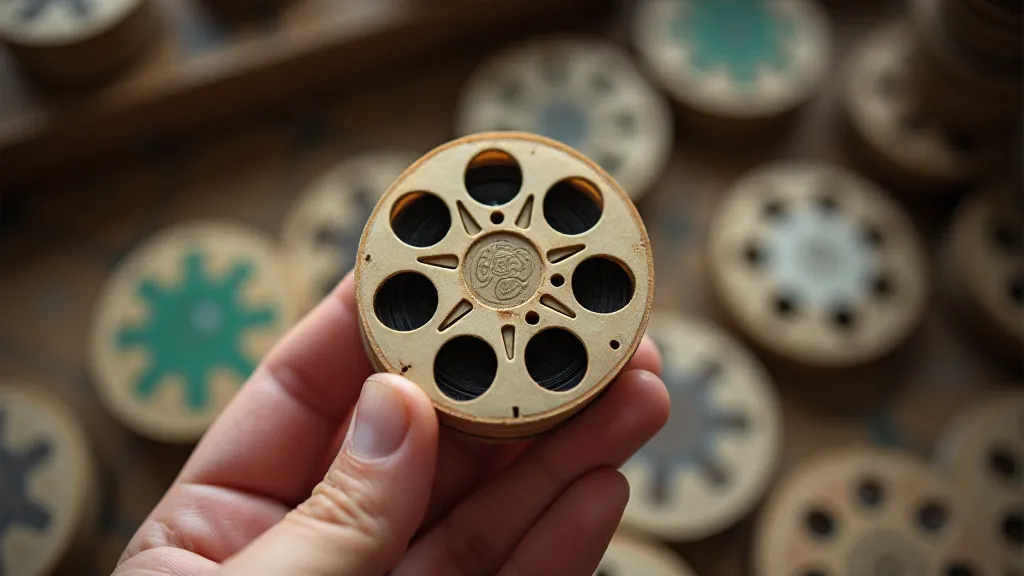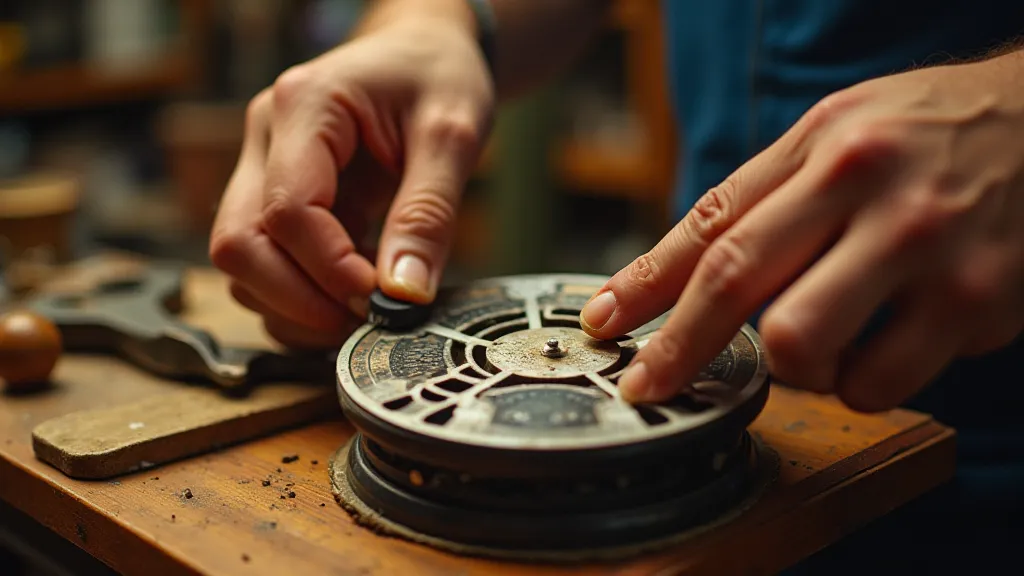The Collector's Lexicon: Essential Terminology for View-Master Enthusiasts
There's a particular scent that clings to vintage View-Master reels. It's not unpleasant, far from it. It's the aroma of history, a subtle blend of celluloid, aged cardboard, and the silent echoes of countless childhoods. For those drawn to the quiet wonder of these miniature theatres, the journey into collecting and restoration can feel a bit daunting. A whole vocabulary exists, a lexicon of terms honed by decades of passion and dedication. This isn’t just about knowing the difference between a Mark I and a Mark II; it’s about understanding the soul of the hobby. This guide aims to demystify those terms, opening the door to the magic within these tiny reels.

Decoding the Language of View-Master Reels
Let’s begin with the basics. A View-Master reel, of course, is the heart of the system – a circular cartridge containing ten miniature, stereoscopic images. The term stereoscopic refers to the method of creating the 3D effect; each image is slightly offset, fooling the eye into perceiving depth. These reels fit into a View-Master, the device itself, which projects these images, bringing distant landscapes, historical events, and fictional worlds to life.
Early View-Master enthusiasts often refer to the different generations of the device by Mark designations. Mark I View-Masters are the earliest models, recognizable by their lack of a focusing dial. Mark II models introduced that crucial dial, allowing for sharper focus. Later models, like the Mark III and Mark IV, brought further refinements, like automatic threading mechanisms. Knowing the Mark designation helps determine the reel’s compatibility and potential value.
Condition and Terminology: Assessing the Reel's History
The condition of a reel dramatically affects its value and collectibility. You'll often hear terms like Near Mint (NM), Excellent (EX), Very Good (VG), Good (G), and Fair (F). NM reels are pristine, appearing almost new. EX reels might have the faintest signs of wear. VG reels might show minor scratches or scuffs. G reels are noticeably worn, and F reels are in poor condition, often with significant damage. The scale is subjective, of course, but it provides a framework for understanding a reel's state.
More specific terms describe particular issues. Celluloid decay, unfortunately, is a common problem. Celluloid, a plastic used in early reels, is prone to brittleness and cracking, leading to irreversible damage. Silvering refers to a metallic sheen that can appear on the film due to age and humidity. This usually indicates significant degradation. Fading is another unwelcome consequence of age; the colors become washed out and pale.
Spindle wear is another key term. The spindle is the central core of the reel around which the film is wound. Excessive wear on the spindle can make the reel difficult to wind and unwind, and can also damage the film. A tight reel refers to a reel where the film is wound very tightly, making it difficult to turn, often indicating dry plastic or a deteriorated spindle.
Subject Matter and Sets: Unlocking the Story
The subject matter of a View-Master reel is just as important as its condition. Some subjects, like National Geographic travelogues or Disney’s Fantasyland, are highly sought after and command premium prices. Sets refer to groups of reels centered around a particular theme, like a country, a historical event, or a movie. Complete sets are considerably more valuable than individual reels.
Variations are also significant. Subtle differences in reel artwork or the order of images can distinguish different printings of the same subject. Identifying these variations requires careful study and comparison with reference materials. It's a detective work that adds another layer of fascination to the hobby.
The term “redline” is often used to indicate a rare or highly desirable reel. These reels are often identified by a unique mark or code printed on the reel. Knowing the printing code helps to pinpoint the manufacturer and year of production, providing valuable information for collectors.
Restoration and Repair: Preserving the Legacy
While extensive restoration is often discouraged (as it can diminish a reel's value), some minor repairs are acceptable and even desirable. Cleaning a reel involves gently removing dust and grime using specialized solutions and soft cloths. Stabilization refers to techniques used to prevent further deterioration, such as storing reels in humidity-controlled environments.

Rewinding a reel is often necessary, especially if it has become stuck. This requires specialized tools to avoid damaging the film. Re-spindling, the replacement of a deteriorated spindle, is a more involved process and should be undertaken with caution.
The philosophy of many collectors leans towards preservation rather than full-blown restoration. The beauty of a vintage View-Master reel lies not only in the images it displays but also in its tangible connection to the past—the marks of time, the faint scent of celluloid, the feeling of history in your hands. To strip away those imperfections is to lose a part of what makes these artifacts so special.
Collecting View-Master reels isn't just about acquiring objects; it’s about preserving memories, appreciating craftsmanship, and sharing a connection with generations past. Understanding this lexicon, embracing the nuances of the hobby, unlocks a deeper appreciation for these miniature windows to the world. The next time you hold a View-Master reel, remember the stories it holds, the history it represents, and the community that celebrates it.






